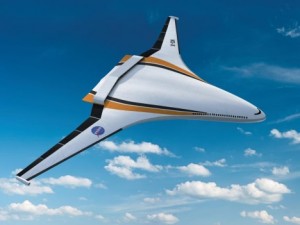CEME Professors Haran, Krein and Pilawa-Podgurski win $2M NASA Fixed Wing Project
Aircraft emissions make up only two – three percent of total greenhouse gasses, but because they are emitted directly in the atmosphere they cause disproportionate harm to the environment. With the ever increasing volume of air traffic, aircraft designs must rapidly become more efficient to keep from exacerbating climate change. Associate Professor Kiruba Haran, with co-investigators Philip Krein and Robert Pilawa-Podgurski, won a $2 million research grant from NASA’s Fixed Wing program to make future aircraft propulsion lighter, more energy-efficient, more powerful, and run on alternative fuel blends and electrical-powered hybrids.
Kiruba and his team proposed replacing copper, iron and steel in the motors with advanced composites like carbon fiber, integrating the motor and the drive, spinning the motor faster—from the traditional 60 – 400 hertz (cycles per second) to about 10,000 hertz, placing the engines on top of the plane, streamlining the design, (see NASA’s Fixed-Wing concept), using more electrical components, and powering the plane with alternative fuel blends and electricity. They are working with United Technologies Research Center and Automated Dynamics in Schenectady, NY, and a team of graduate students. The project demands an interdisciplinary approach—to make airplanes cleaner with reduced emissions requires improved materials, an optimized electromagnetic design, and better controls. All the different dimensions of machine design will be explored.

Comments - No Responses to “CEME Professors Haran, Krein and Pilawa-Podgurski win $2M NASA Fixed Wing Project”
Sorry but comments are closed at this time.